PT Boats — The U.S. Navy Mosquito Fleet
May 3rd, 2025
11 minute read
By the end of the Second World War, the United States Navy operated a total of 6,768 warships of all sizes. That number is impressive because in 1941, the sea service operated just 790 ships. However, by 1943, it was larger than all the other combatant nations combined. Among the thousands of warships built were 18 aircraft carriers (not counting small escort carriers) and eight battleships.
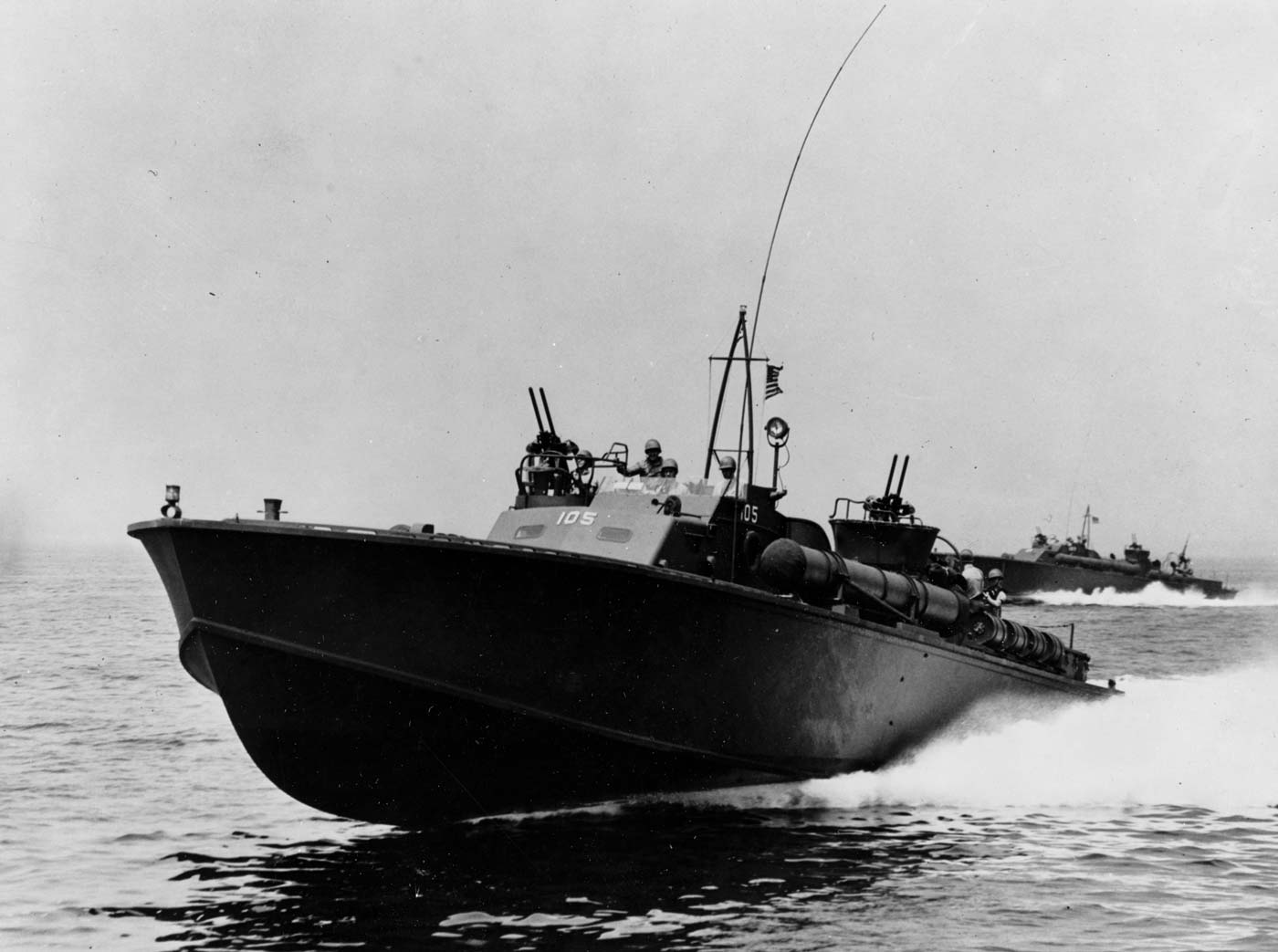
In August 1945, just after the Empire of Japan surrendered, the United States Navy operated 28 aircraft carriers, 23 battleships, 71 escort carriers, 72 cruisers, more than 232 submarines, 377 destroyers, and thousands of amphibious, supply and auxiliary ships.
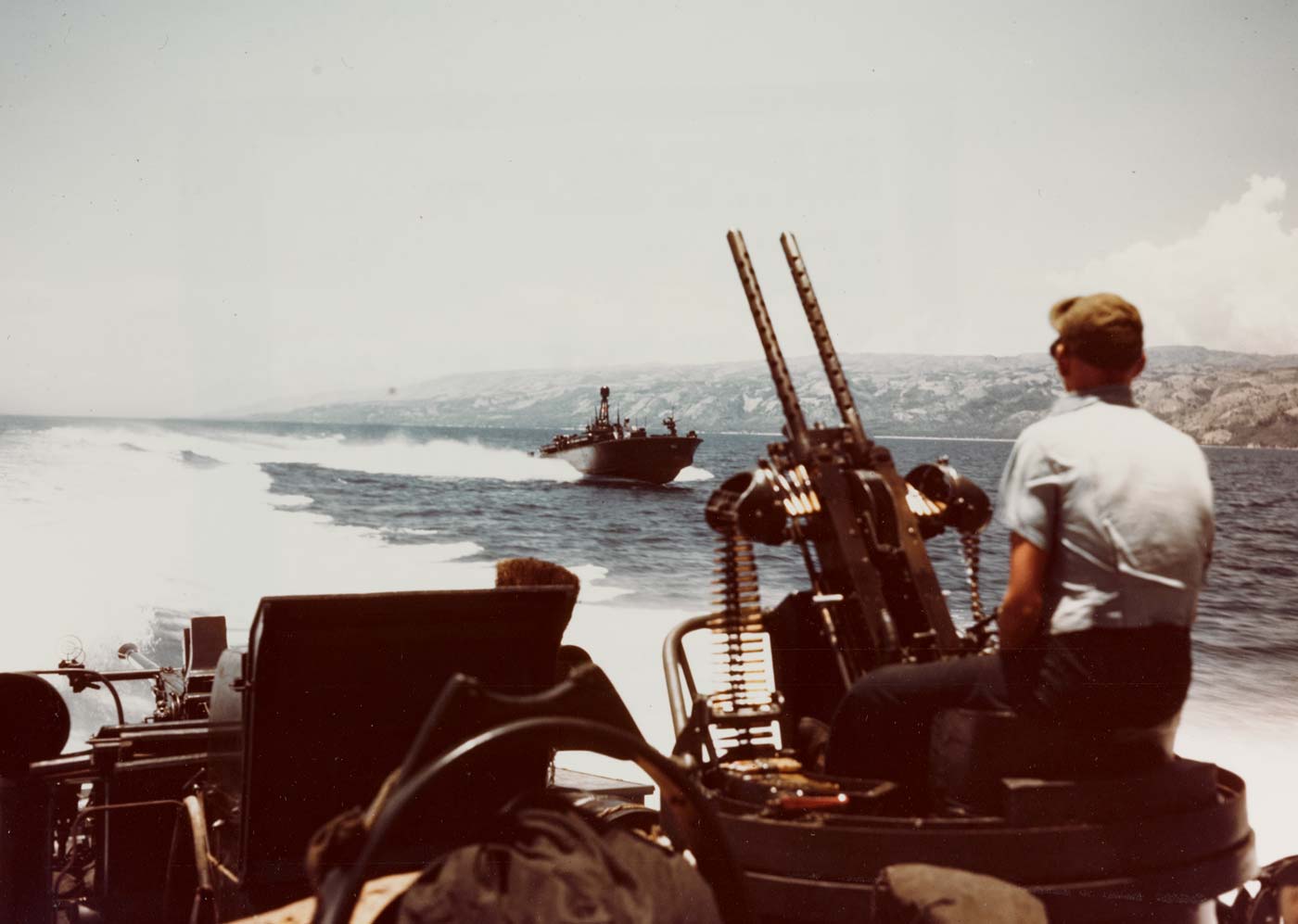
And then there were the nearly 800 Patrol Torpedo (PT) boats — the small but fast warships that gained fame during the war thanks to the exploits of then-Lt. John F. Kennedy. Armed with torpedoes and machine guns, the small vessels were meant to harass an enemy, not engage in a slug match. The boats were employed in both the Pacific and European theaters and played a crucial role in the war effort.
Origins of the PT Boat
The U.S. Navy’s “patrol torpedo boat” was seen as a major leap forward from the original torpedo boats that emerged at the end of the 19th century. Those first-generation boats rode low in the water and had a top speed of just around 25 knots.
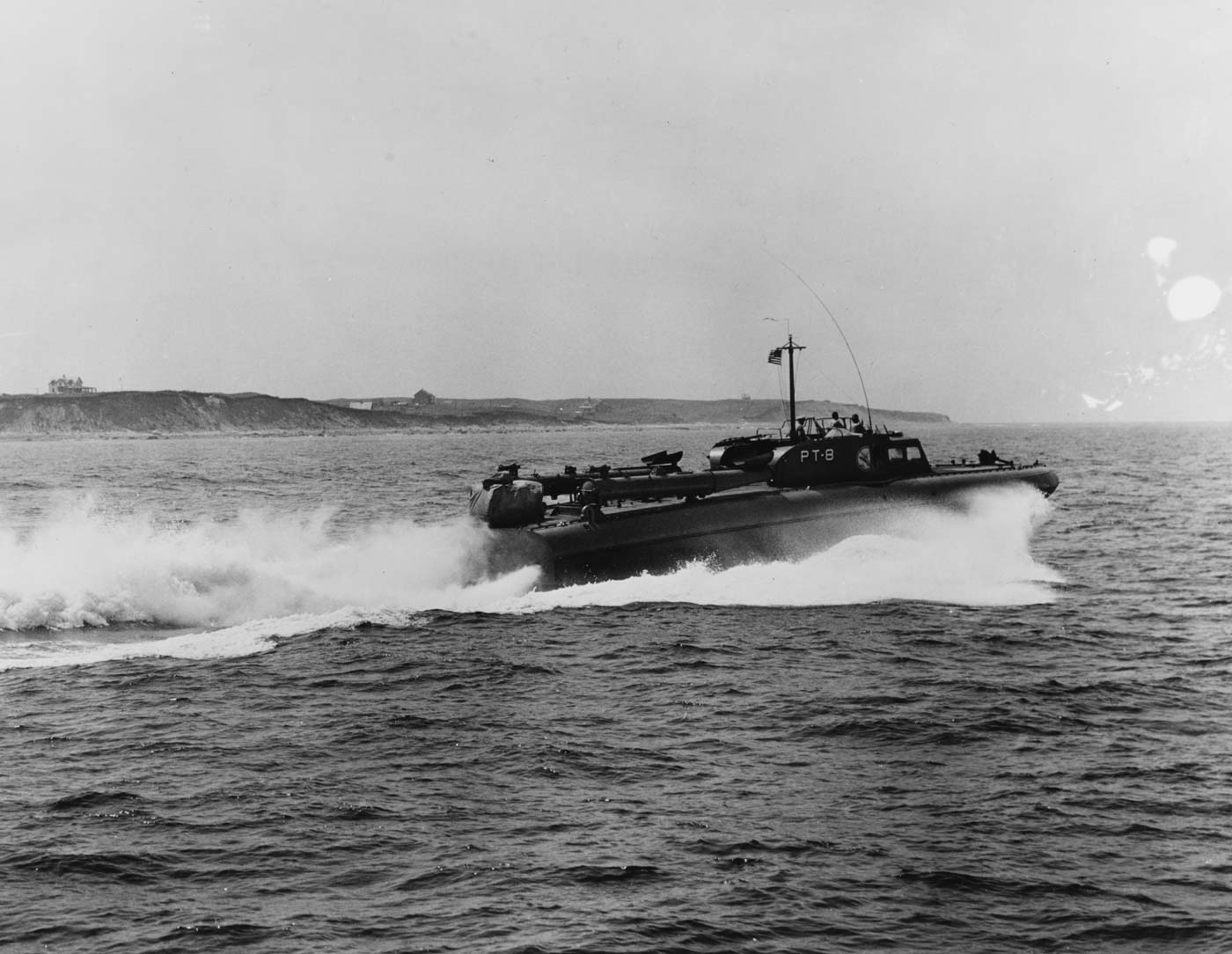
In the late 1930s, the U.S. Navy called for a new generation of swift-moving boats that could be used for short-range oceanic scouting and for harassing the enemy. More than a dozen proposals were considered, but three main versions were eventually adopted. These included boats by Elco, Higgins and Huckins. The former has the distinction of being among the most famous variants and the most produced.
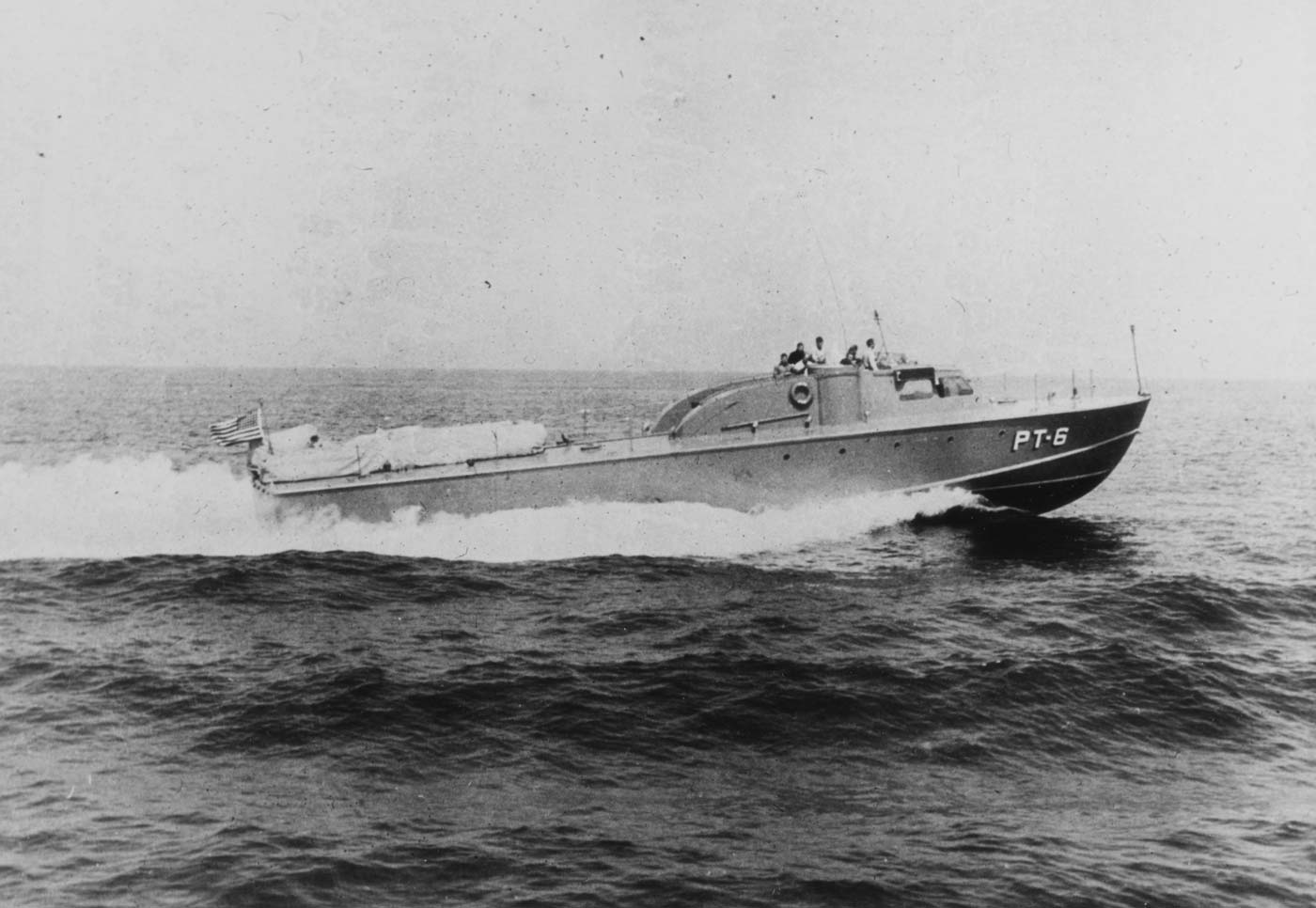
Elco Leads the Way
Elco Naval Division of Electric Boat Company of Bayonne, New Jersey, had a jump on the competition after it approached the British Power Boat Company and purchased an example along with the plans for the firm’s 70-foot motor torpedo boat. Dubbed PT-9, it was put through a series of sea trials and other tests. With some local modification, the design became the basis of the Elco prototype and around a dozen production models.
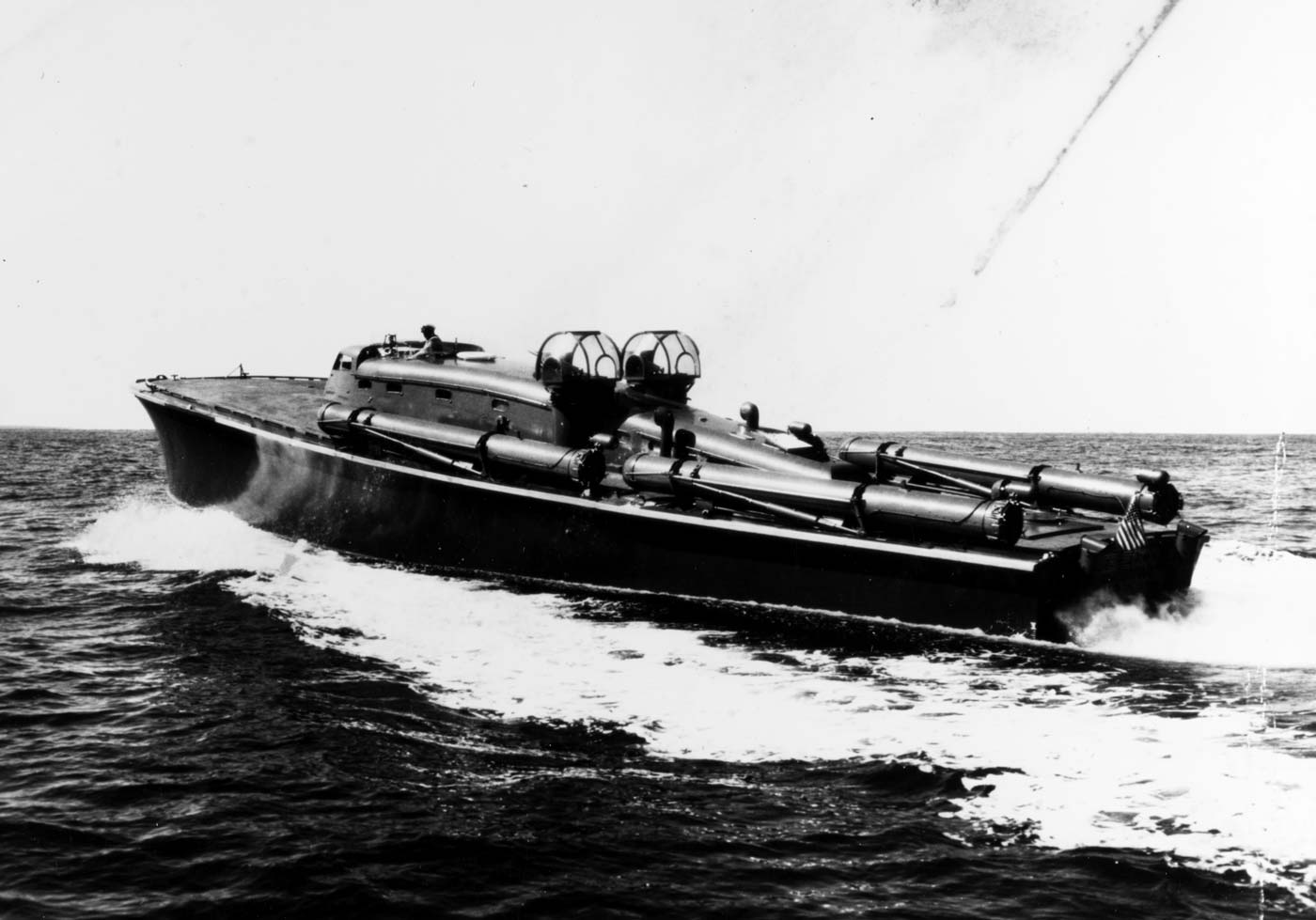
As originally conceived, the 80-foot design from Elco was a small vessel with a hard-chine hull, and had a displacement of around 55 tons under full load. It was fitted with three Packard 4M2500 V-12 supercharged petrol engines, which were initially rated at 1,350 hp, but which were developed to offer over 1,500 hp by the end of the fighting. The engines could give the boats a theoretical top seed of 40 knots, but as the water was absorbed into the wood hull, it caused fouling and slightly reduced the speed.
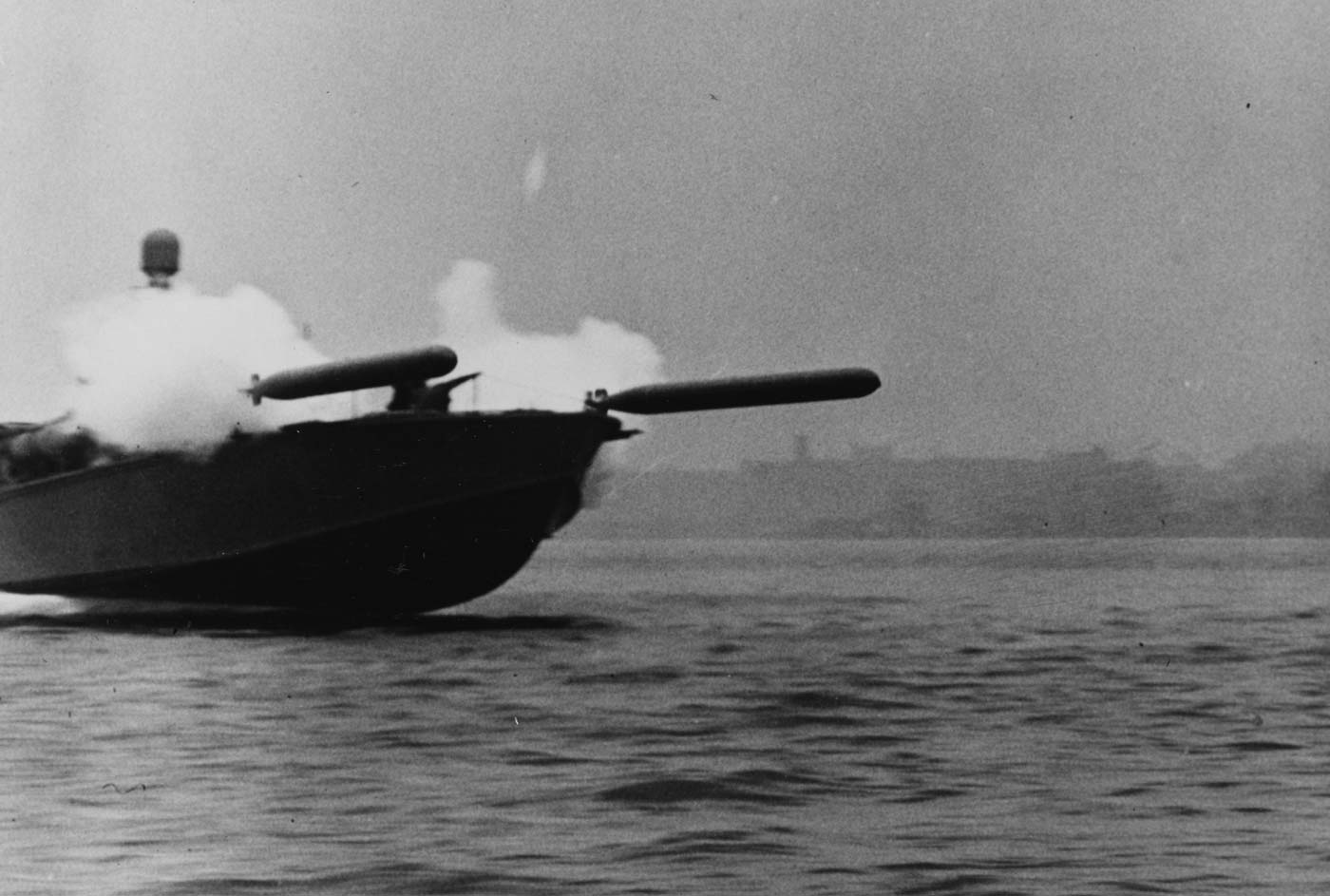
The Elco PT boats were small but still reasonably well-armed, featuring a pair of 20mm guns, four .50-caliber machine guns, and one or four 21-inch torpedo tubes depending on the variant. Some of the craft were also fitted with depth charge launchers and/or mine racks. Later models were armed with a single 40mm gun and four torpedo launchers. Some variants also receive rocket launchers. Late in the war, it wasn’t uncommon for the Elco boats to be fitted with the Army Air Force’s 37mm anti-aircraft guns.
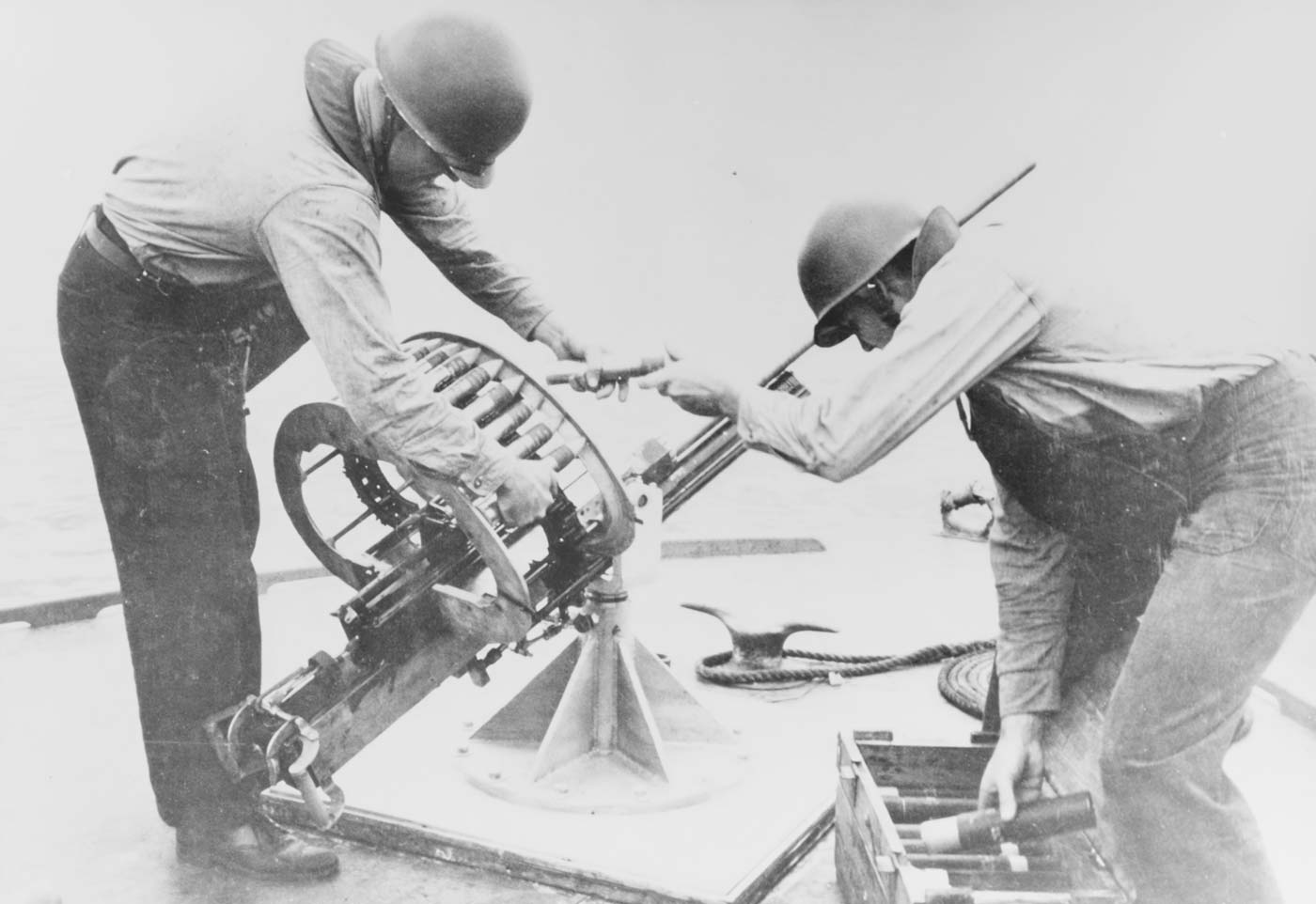
If anything, the boats were very adaptable, and according to the National Park Service (NPS) the firm could barely keep up with demand during the war.
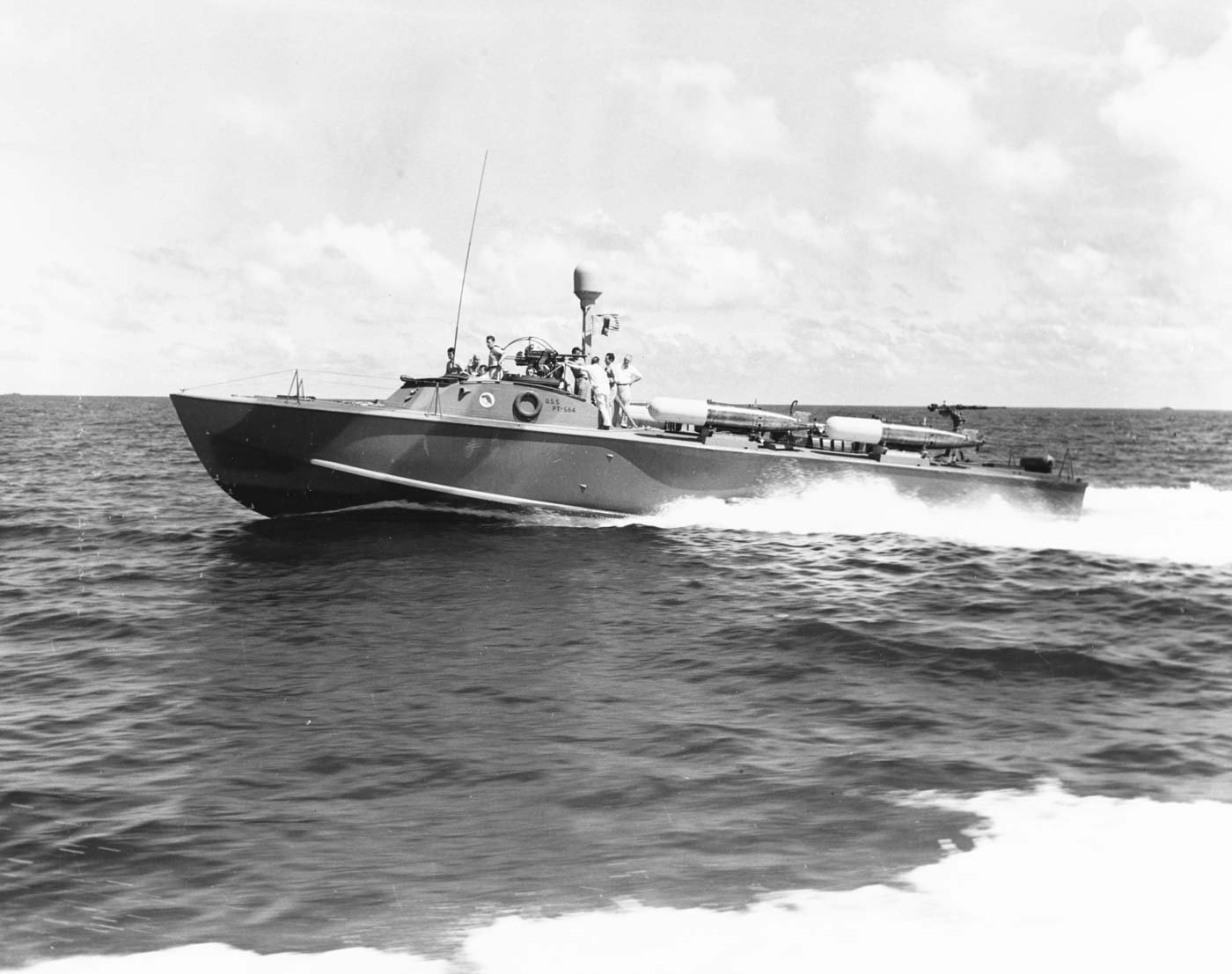
“In 1939, Elco doubled the size of its plant and tripled its capacity in order to build PTs,” NPS explained. “At the height of its PT boat production, Elco employed more than 3,000 men and women working three shifts a day six days a week. They produced, on average, one PT boat every 60 hours.”

In addition to the Elco boats, the demand for the speedy vessels saw the aforementioned Higgins — the New Orleans maker of the famed U.S. military landing crafts — also stepping up with its design. The Higgins model was 78-feet-long, and around 200 were produced in three classes — the PT-71, PT-235 and PT-625 — while employing the same engines, internal working components, and even cabin spaces as the Elco versions.

By the end of the war, the designs from Elco and Higgins were chosen as the U.S. Navy standard, yet the Huckins Yacht Company of Jacksonville, Florida, also produced 18 PT boats.
The Mosquito Fleet — Workhorse in the Pacific
The vast majority of the United States Navy’s PT boats saw service in the Pacific Ocean, and while the usual image is of the craft in the South Pacific, the first reported contact with the enemy occurred during the Aleutian Islands campaign which began in June 1942. The boats were sent along with U.S. Navy destroyers and were employed to protect U.S. landings when displacing the Japanese occupiers in the Alaska islands.
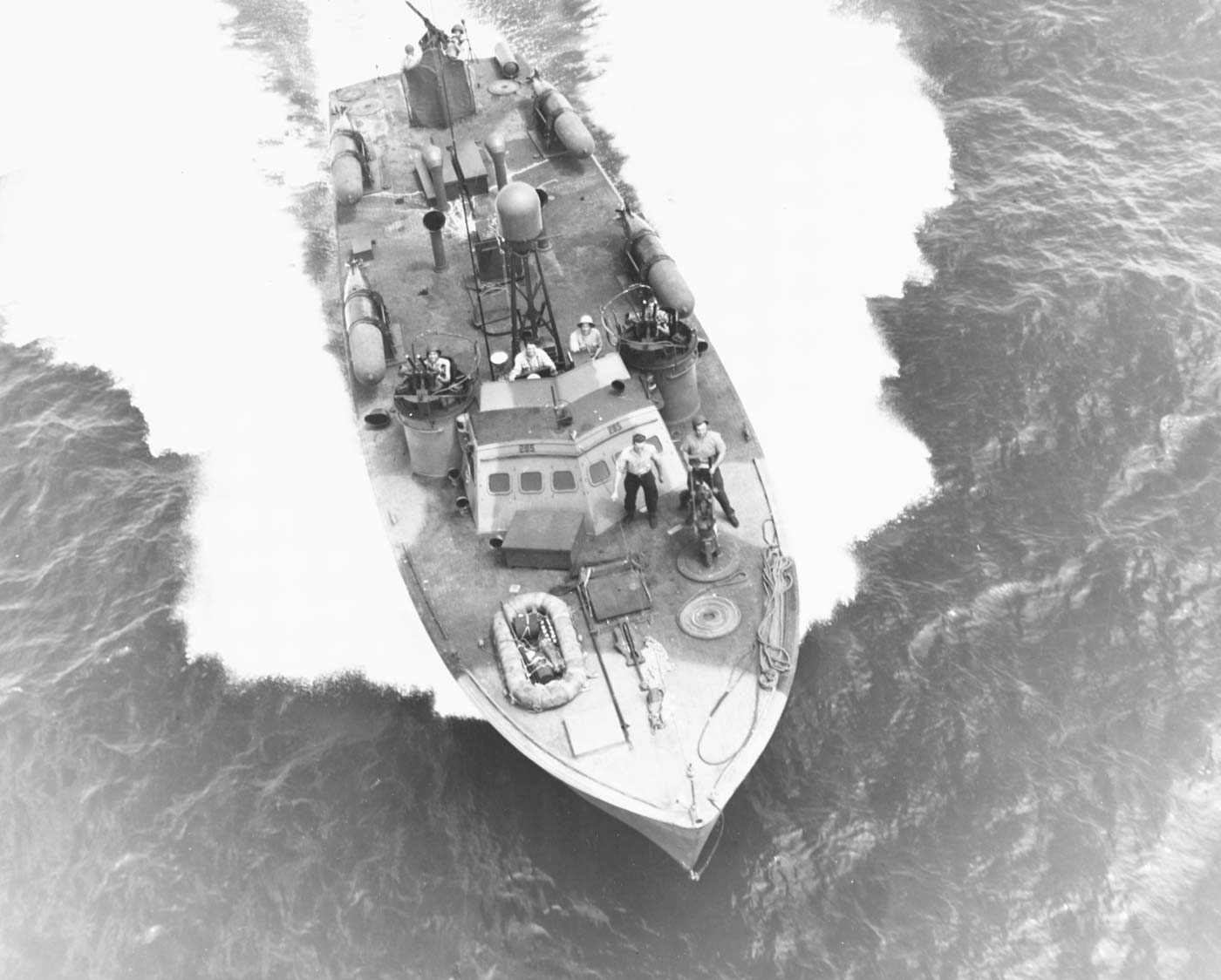
The boats went on to see service during the Midnight Raid in Iron Bottom Sound in December 1942 to thwart the Imperial Japanese Navy’s “Tokyo Express” supply runs in the “Slot” to the Soloman Islands, and later were among the U.S. Navy’s fleet at the Battle of Leyte Gulf.
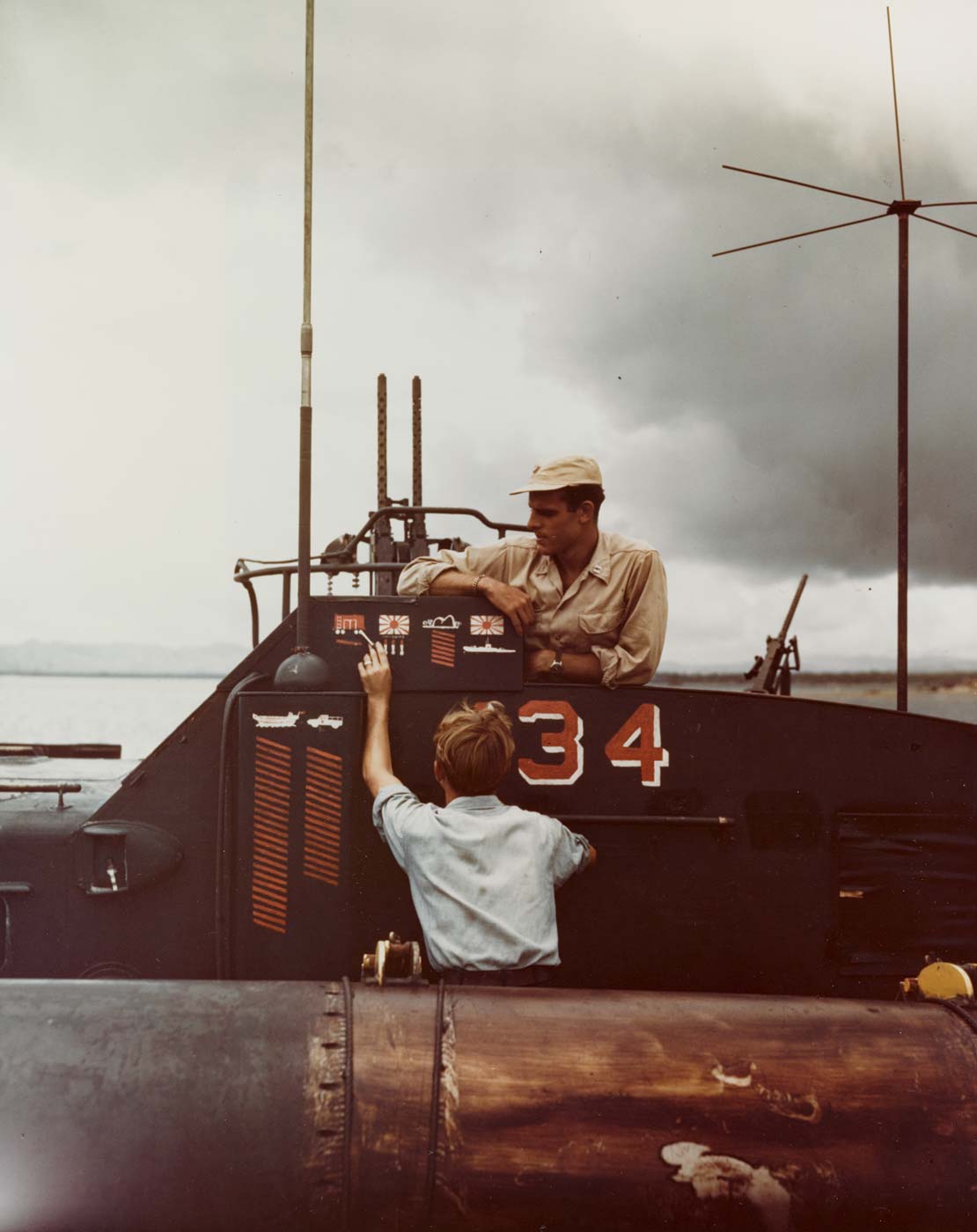
In addition to harassing the enemy in the Mindanao Sea and Surigao Strait, PT boats were employed to pick up survivors — including Japanese sailors and downed pilots.

According to data from PTboatWorld.com, citing Naval War College battle analysis, PT operations were primarily intended to provide information about the approaching Japanese forces at Surigao Strait, but communication remained a problem. “PTs made reports despite problems, and fired 34 torpedoes for 2 hits,” the site explained, adding that enemy fire also hit 10 boats.
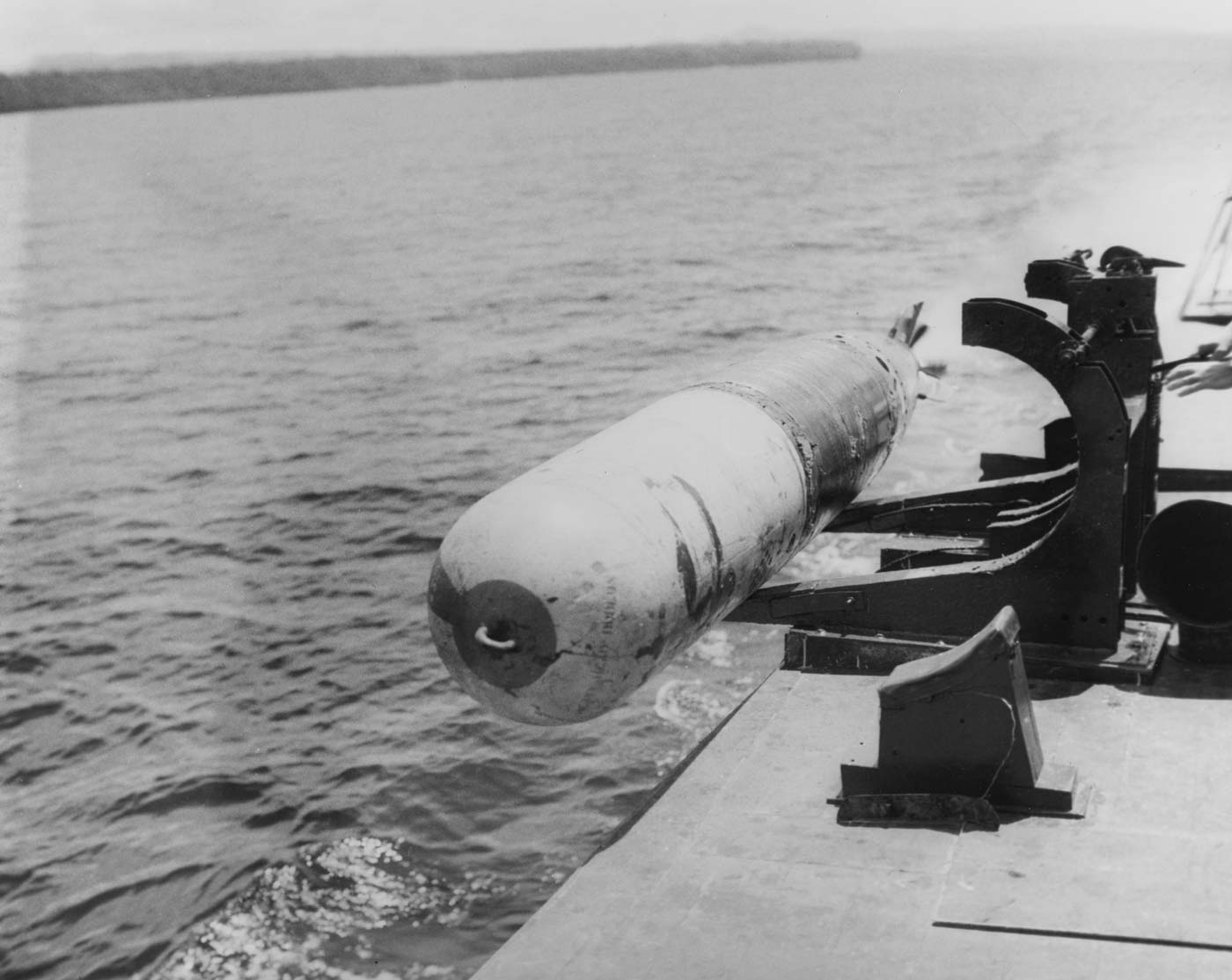
It is said the Japanese referred to the PT boats as being the U.S. Navy’s mosquito fleet as they could swarm, harass and bloody the Imperial Japanese Navy in World War II.

The PT Boats in Europe
Although PT boats fought most of their actions in the Pacific, the vessels also saw service in the Mediterranean Sea with Motor Torpedo Boat Squadron 15, which launched its maiden patrol out of Bone, Algeria. The unit was created in late January 1943 and remained in operation until October 1944. It saw action in Palermo, Sicily; Salerno and Maddalena, Sardinia; and St. Topez France.
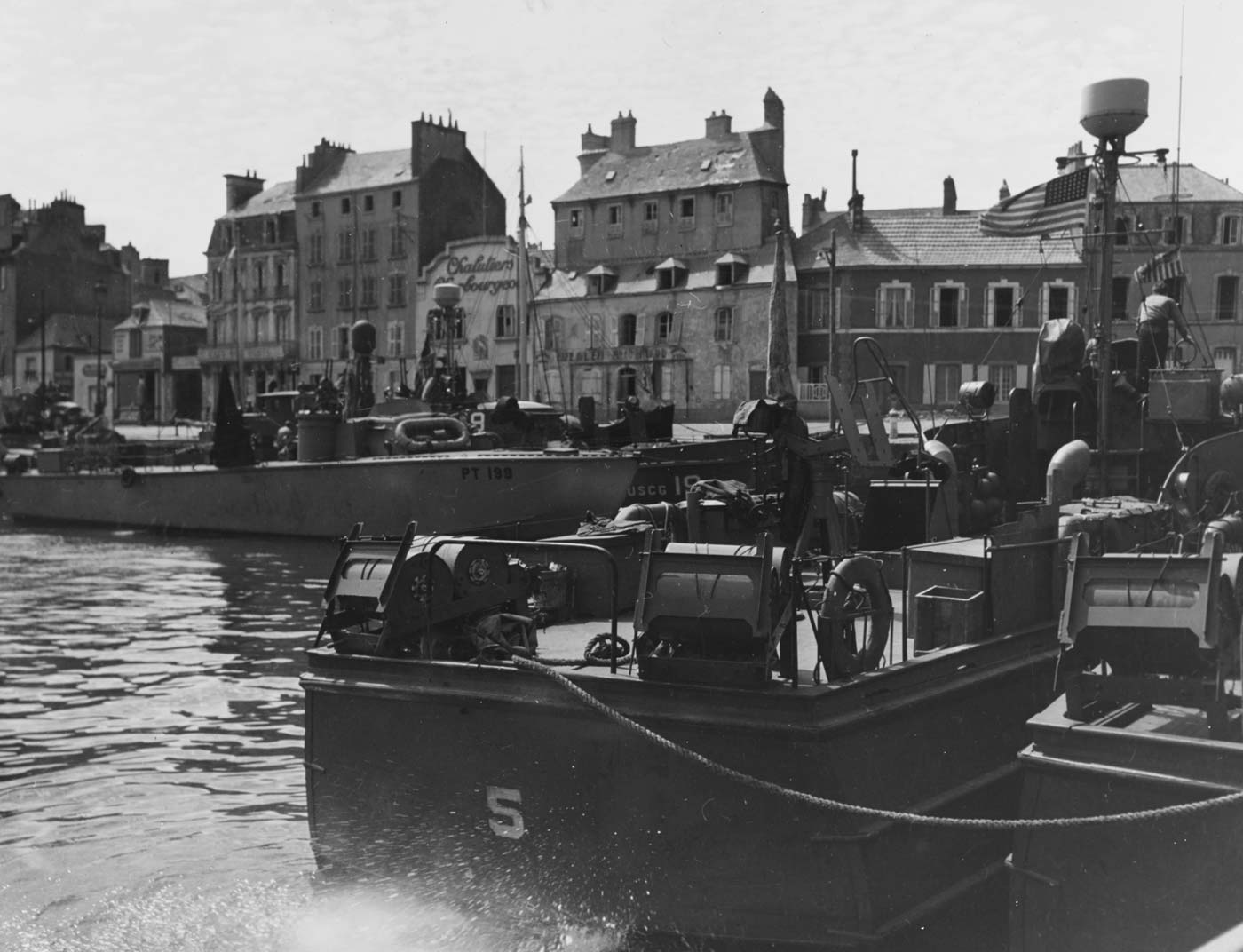
Motor Torpedo Boat Squadron 22 is also noted for carrying out the final PT boat mission in the Mediterranean Sea on the night of April 28/29, 1945 from Golfe-Juan, France.
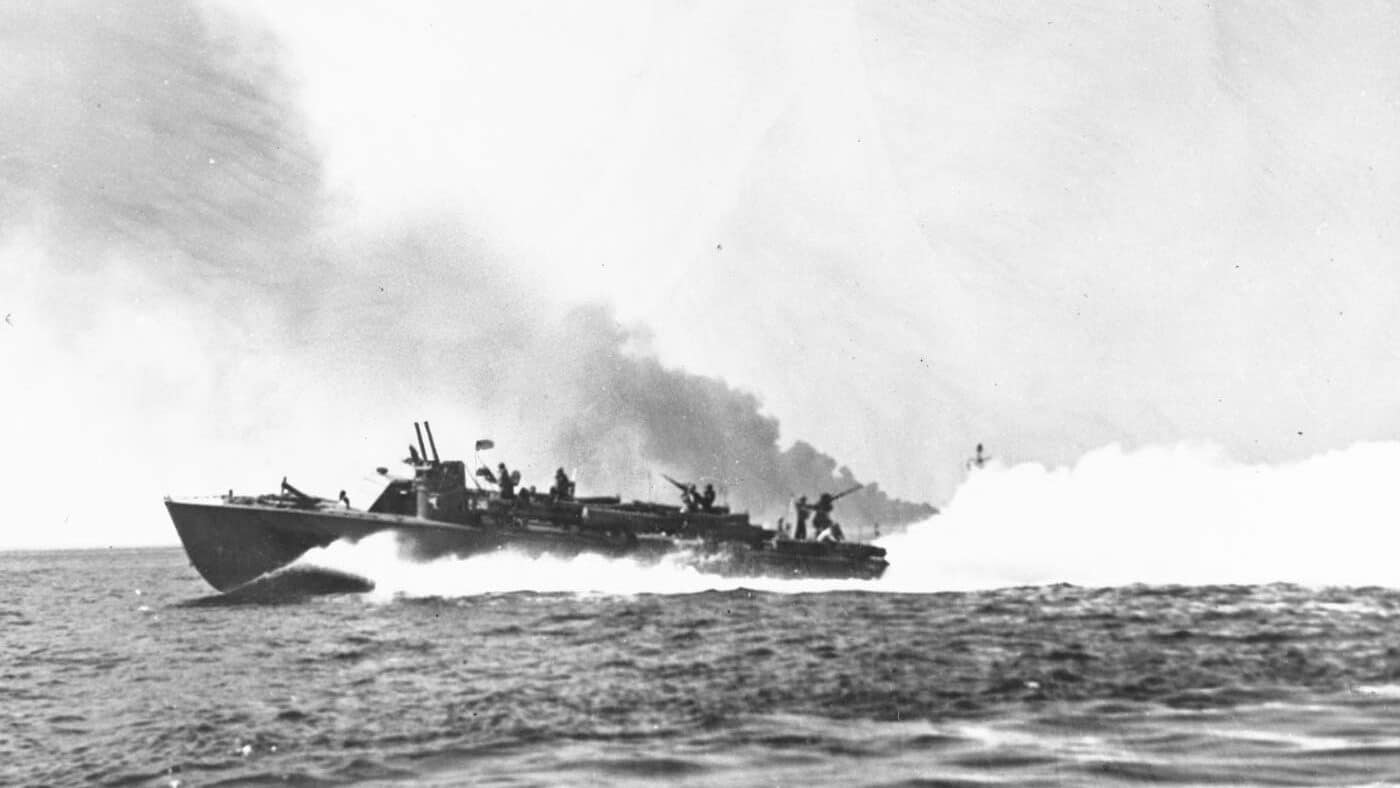
The small craft further played a notable role in the D-Day landings in June 1944. A force of the small combat vessels was sent to Europe, and in the lead-up to the invasion, the boats were employed in covert operations including scouting of the beaches. On June 6, 1944, PT boats were deployed to protect the invasion fleet from their German equivalents, the Schnellboat.
[Ed. note: The Schnellboat, also known as the S-Boot or E-boat, killed more than 700 men during Exercise Tiger, an Allied rehearsal for Operation Overlord.]
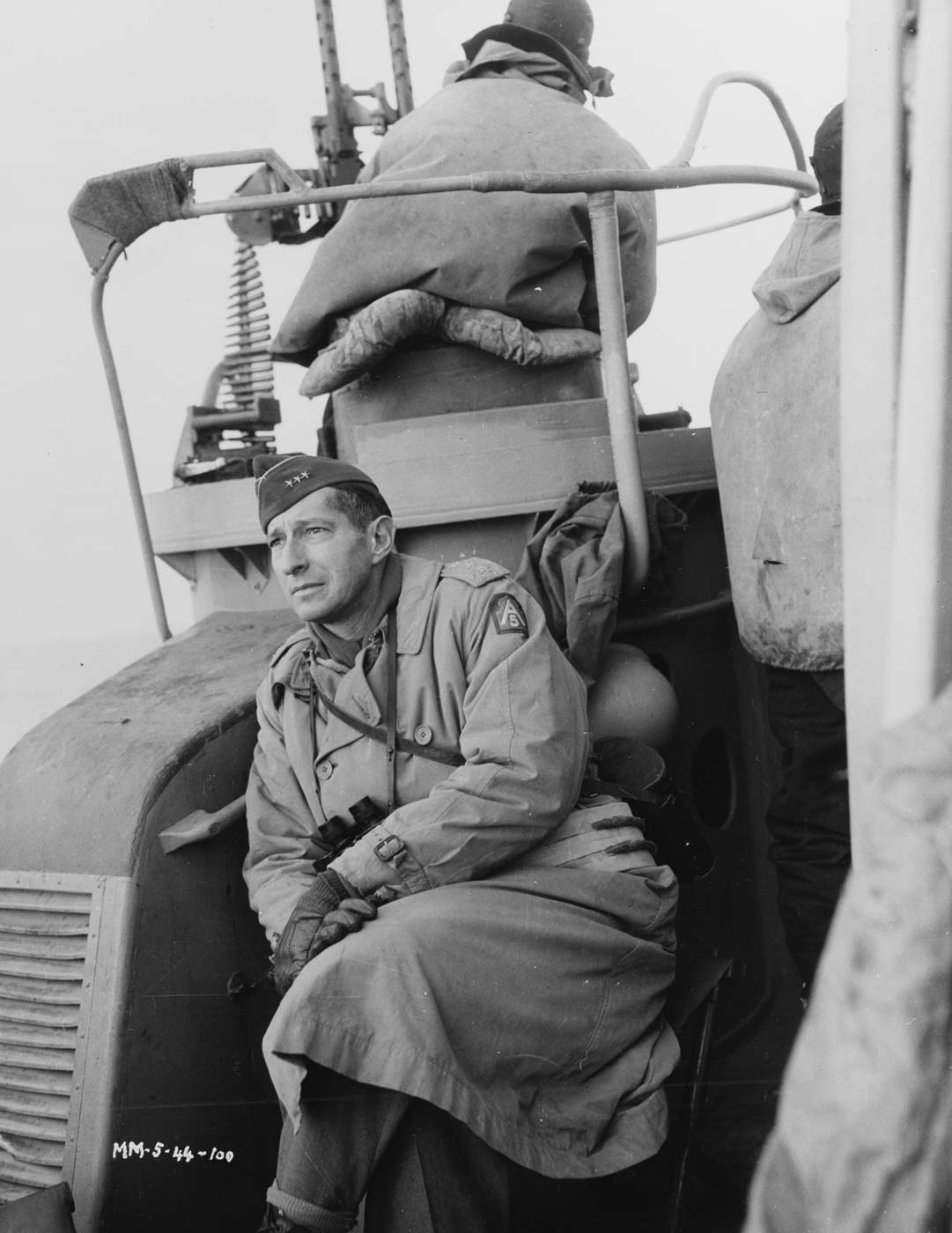
During the remainder of the war in Europe, the PT boats proved ideally suited for harassing enemy shore installations but also took part in operations against enemy floating mines, striking enemy shipping targets, and destroying landing barges. The boats were also used to rescue downed pilots, in landing partisans behind enemy lines, and attacking enemy island outposts.
PT-109 and JFK
World War II’s PT boats remain closely associated with then-future-President John F. Kennedy. The story has been told many times, but as a recap: thanks to his father’s connections, JFK was accepted into the U.S. Naval Reserves despite having back problems that would have otherwise sidelined him. Initially assigned to intelligence stateside, his having grown up in New England summers spent with the family’s wooden-hulled motorboats enabled him to be accepted to Officers Training School in 1941.
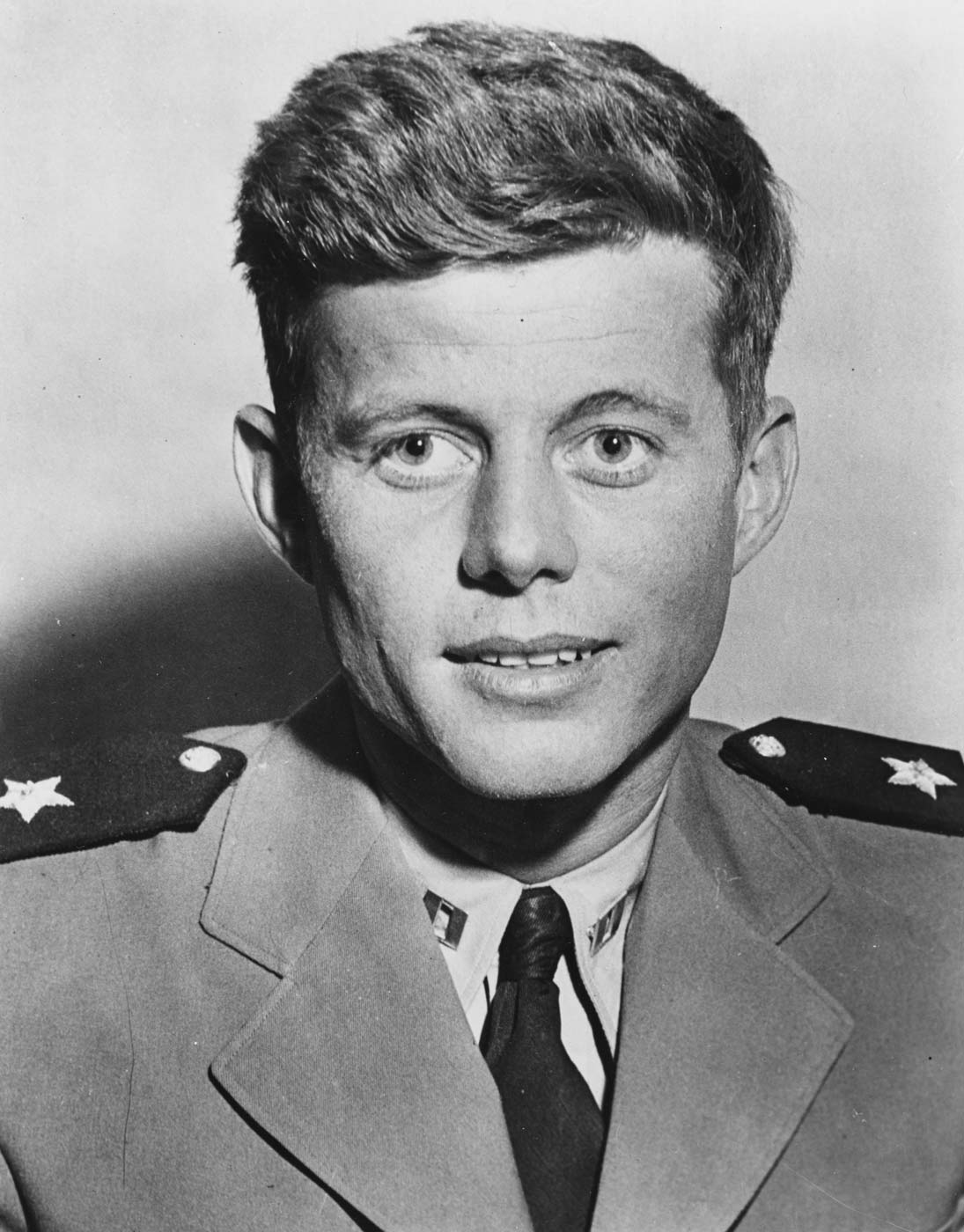
After completing the training, Ensign Kennedy was given command of PT 101, a Higgins-made variant, where he took part in training with Motor Torpedo Squadron Four. Promoted to Lieutenant Junior Grade (JG), Kennedy was assigned to Motor Torpedo Boat Squadron Two in the Solomon Islands and given command of PT-109, an Elco-type boat.
Lt. Kennedy and his crew of 11 sailors were charged with conducting nightly attacks on Japanese barge traffic — part of the aforementioned Tokyo Express. On the moonless night of August 1, 1943, PT-109 was among the 15 boats sent to engage, damage, and if possible stop the express on the slot.
“When the patrol actually did come in contact with the Tokyo Express — three Japanese destroyers acting as transports with a fourth serving as escort — the encounter did not go well. Thirty torpedoes were fired without damaging the Japanese ships. No U.S. vessels suffered hits or casualties. Boats that had used up their complement of torpedoes were ordered home. The few that still had torpedoes remained in the strait for another try,” the John F. Kennedy Library explained.
PT-109 had been among the U.S. Navy boats left behind, and in the early hours, along with PT-162 and PT-169, attempted to form a picket. That is when Kennedy believed another PT boat was coming to join the effort. However, it was actually the IJN destroyer Amagiri. The much larger Japanese warship made contact, striking PT-109 forward of its starboard torpedo tube.

“The impact tossed Kennedy around the cockpit. Most of the crew were knocked into the water. The one man below decks, engineer Patrick McMahon, miraculously escaped, although he was badly burned by exploding fuel,” the JFK Library added.
While JFK had concerns the fuel would catch fire, the wake from the destroyer dispersed it. Kennedy, who was described as a “champion swimmer” from his Harvard days, helped the crew back to the floating wreck of the boat. Fortunately, there was a nearby island that the crew was able to reach — but only after swimming in the open Pacific for hours. Exhausted but alive, the crew survived off coconuts, before heading back in the ocean to another island in search of food.

Joined by Ensign George Ross, Kennedy made one more exhausting swim to the small island of Nauru, which was home to a small native population. The natives, who had suffered at the hands of the Japanese, agreed to carry a message on a coconut to Allied forces on another nearby island. When the natives returned the next day, they brought provisions but, more importantly, a letter from a New Zealand military camp instructing Kennedy to come back with the natives. Soon after, PT-157 arrived and rescued Kennedy before picking up the remaining crew.
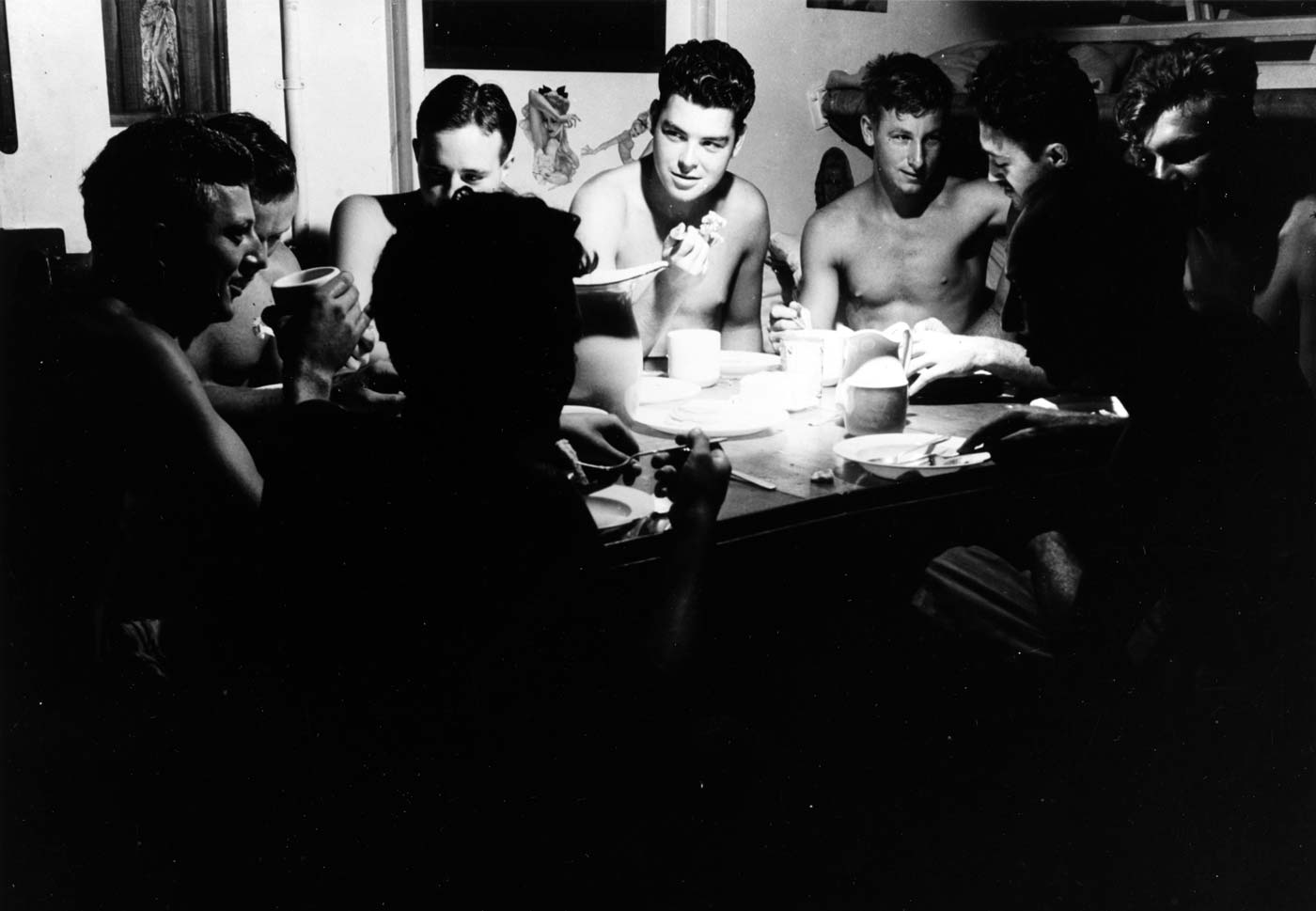
“For his courage and leadership, Kennedy was awarded the Navy and Marine Corps Medal, and injuries suffered during the incident also qualified him for a Purple Heart,” the JFK Library added.
The Remaining PT Boats
While close to 800 PT boats were built during the Second World War, only around a dozen survive today.
The U.S. Navy simply had little use for the wooden boats due the high maintenance that was required, but also due to the fact they required high octane fuel, which made them too expensive for peacetime operations. Most were simply burned following V-J Day, with few returned to the United States.

After being stripped of all useful equipment, nearly one-quarter of all the boats built that saw use in the Pacific were disposed of at PT Base 17 on Samar, Philippines within months of the end of hostilities.
Among the few surviving craft is PT-617, an Elco boat that has had part of its hull cut away to show the crew quarters. Known as the Dragon Lady, the boat was restored and declared a National Historic Landmark in 1989, and is now in the collection of Battleship Cove Naval Museum in Fall River, Massachusetts.

The National World War II Museum in New Orleans spent nearly a decade restoring PT-305 — a 78-foot Higgins-made variant that was operated by the Royal Navy Coast Forces in the Mediterranean Sea.
In fact, a Vosper-made variant from the UK was used for the TV show McHale’s Navy in the 1960s. That particular boat had been owned by billionaire Howard Hughes and was used as the camera chase boat for the only flight of his wooden aircraft, the Spruce Goose. Finally, for the movie PT 109, U.S. Air Force crash rescue boats were modified to resemble the 80-foot Elco craft.
Editor’s Note: Please be sure to check out The Armory Life Forum, where you can comment about our daily articles, as well as just talk guns and gear. Click the “Go To Forum Thread” link below to jump in!
Join the Discussion
Continue Reading
Did you enjoy this article?

 102
102






